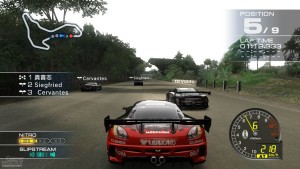Lately I’ve been working on both Surreal’s current game as well as concepts for future games, and this issue has come up a few times. As you may have guessed from previous articles, the concept of “more for the sake of more†is not something I subscribe to. Game development is always about the allocation of resources and determining where those resources are best made use of. So when it comes to adding details, sometimes there are tough conversations to have about the scope of a game, along with its sibling, the scale of a game.
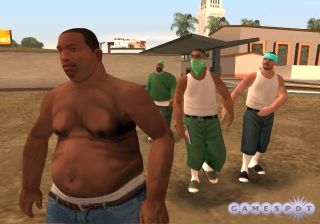 Think of the large, open-world of Grand Theft Auto: San Andreas. In this world, the player can travel around 10 miles end-to-end (representing a geographical space around 100 simulated miles long) You can drive along mountain roads, and enter cities and visit a few selected buildings. The game is primarily about getting in a vehicle and driving. When you deal with people at all, it is generally with a group or crowd. Enemies can be dispatched in 1-2 shots and can be destroyed several at a time. Aside from story moments, most of the player’s interaction level is in terms of streets, with objectives that take the player to “that buildingâ€. Sure, there are moments inside of buildings such as shootouts, but if we had to give an arbitrary scale to the game, we could say that there is perhaps 20 meters between items of interest in GTA.
Think of the large, open-world of Grand Theft Auto: San Andreas. In this world, the player can travel around 10 miles end-to-end (representing a geographical space around 100 simulated miles long) You can drive along mountain roads, and enter cities and visit a few selected buildings. The game is primarily about getting in a vehicle and driving. When you deal with people at all, it is generally with a group or crowd. Enemies can be dispatched in 1-2 shots and can be destroyed several at a time. Aside from story moments, most of the player’s interaction level is in terms of streets, with objectives that take the player to “that buildingâ€. Sure, there are moments inside of buildings such as shootouts, but if we had to give an arbitrary scale to the game, we could say that there is perhaps 20 meters between items of interest in GTA.
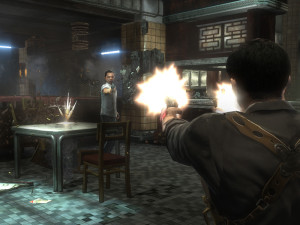 Now look at Stranglehold, a game with a much denser environment. Each level is a few hundred meters in length, but the world is much denser. You cannot drive, but you can run from alley to alley and enter more detailed buildings The game is primarily about shooting it out with a half-dozen or less enemies at a time. When you deal with individuals, they take 4-5 shots and sometimes can be dispatched in elaborate ways. The interactive objects, such as pillars that can be destroyed and tables that can be slid across, are much denser in placement. If we had to give an arbitrary scale to the game, we could say that there are about 2 meters between items of interest in Stranglehold.
Now look at Stranglehold, a game with a much denser environment. Each level is a few hundred meters in length, but the world is much denser. You cannot drive, but you can run from alley to alley and enter more detailed buildings The game is primarily about shooting it out with a half-dozen or less enemies at a time. When you deal with individuals, they take 4-5 shots and sometimes can be dispatched in elaborate ways. The interactive objects, such as pillars that can be destroyed and tables that can be slid across, are much denser in placement. If we had to give an arbitrary scale to the game, we could say that there are about 2 meters between items of interest in Stranglehold.
Now, there is almost no technical reason why Stranglehold could not have had driving, or why GTA couldn’t have had dense, destructible rooms, aside from those teams choosing where to devote their performance, memory and manpower resources. Sometimes gamers looking for the ubiquitous “more†or even aspiring game developers don’t realize that these choices of scale are very real and deliberate. Even the giant team at Rockstar North realizes that if they lavish attention into a single room or cluster of rooms, that can very easily take resources away from making the game better at the scale it was meant to be played… in a car.
Moments where the scale of interaction changes abruptly can often stand out as going against the pace of the game. If the player is cruising through GTA, blowing up entire crowds of people with grenades, when suddenly he has to close in and complete a 2-minute Tekken-style fight with a single bad guy, it’s going to stand out and completely change the feel of the game. Worse yet, to the developers this would probably be an entirely new game mode (and practically a new game), and as a result, be difficult to deliver at the same quality as the main free-roaming game is delivered.
Similarly, if Stranglehold were to suddenly have an area where the player jumps into a car, there would most likely have to be serious sacrifices to the interactivity of that drivable area. That driving sequence would also have difficulty living up to the experience provided in a driving-centric game like GTA.
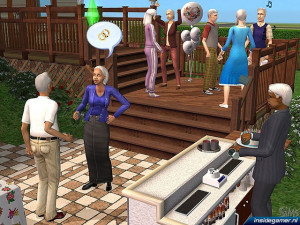  Changing the type of gameplay can also be jarring when it affects the pace. What if we could walk up to any of the 30 individuals on a GTA sidewalk and start a conversation with him… learn of his likes and dislikes, and perhaps form a friendship or animosity to that individual based on your actions? Cool eh? But is it worth the development time to make that interesting when people are generally cast aside like tissue paper?
 Changing the type of gameplay can also be jarring when it affects the pace. What if we could walk up to any of the 30 individuals on a GTA sidewalk and start a conversation with him… learn of his likes and dislikes, and perhaps form a friendship or animosity to that individual based on your actions? Cool eh? But is it worth the development time to make that interesting when people are generally cast aside like tissue paper?
However, it is also very valuable to have what Harvey calls “alternation of gameplayâ€. This can often break the scale rule, such as Blacksite: Area 51 thrusting the player into a helicopter gunner position after a period of time prowling alleys with your squad of three. This is cool, but is often modal, so that detail can be placed at the appropriate scale for the action. Pillars may explode when you shoot them with your rifle from 5 meters away, but when you are firing an emplaced minigun at a building from 200 meters, you’d better see some larger scale destruction.
Games that let you significantly change scale are rare, but often are modal in their own right. The most prominent example of this is Spore, where you start as an amoeba and ultimately represent an entire race as they colonize the entire galaxy. However, it seems clear that as you progress from single-cell life to the actions of an entire civilization that you rather quickly leave the basic activities of feeding and mating behind. This follows, because it is unreasonable to expect the player to care about a single grain of sand once there is an entire beach to explore…

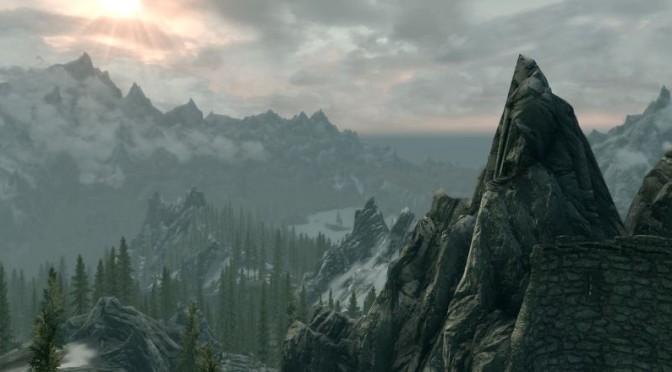
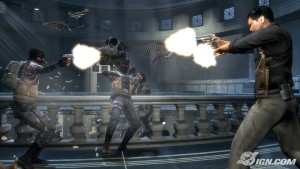
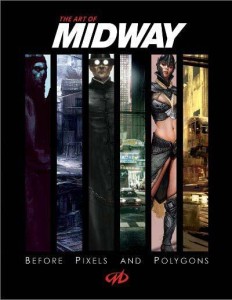 Also, if you dig the visuals of Stranglehold, or if you liked the creepy vibe of The Suffering, you should check out the new
Also, if you dig the visuals of Stranglehold, or if you liked the creepy vibe of The Suffering, you should check out the new 